I am rendering complex 3d objects. Here is a simple example with a sphere-like object:

Next I am applying a clipping plane to these objects and rendering a texture on this plane, giving the impression you are looking at the inside of the object, as if it was sliced. For example:

The problem is the jagged edge of the texture. It will stick out passed the boundary of the surface. Here's another angle where you can see it sticking out. The surface and the texture both derive from the same source data, but the surface is smoothed and has a higher resolution than the texture.

What I want is to be able to somehow clip the texture, so that it never sticks out past the boundary of the surface. Also, I don't want to simply scale down the texture, since although this might prevent it from sticking outside, it would create interior gaps between the texture edge and the surface edge. I would rather the texture be a little too big and have it clipped so that it sits flush against the edge of the surface.
Here's where I am:
I figured the first step would be to define the intersection of the plane and the surface. So now I have that, as an ordered list of line segments. However, I'm not sure how to proceed with this info (or if this is even the best approach).
I've been reading up on stencil buffers. One approach might be to turn the intersection line into a 2d shape and draw this into a stencil buffer. Then apply this when drawing the texture. (Although I think it's a lot of work since the shapes can be complicated.)
I am wondering if I can somehow use the already drawn surface (in conjunction with a stencil buffer or some other technique) to somehow clip the texture -- without having to go through the extra trouble of deriving the intersection line, etc.
What's the best approach here? (Any online examples you can point me to would also be really helpful.)